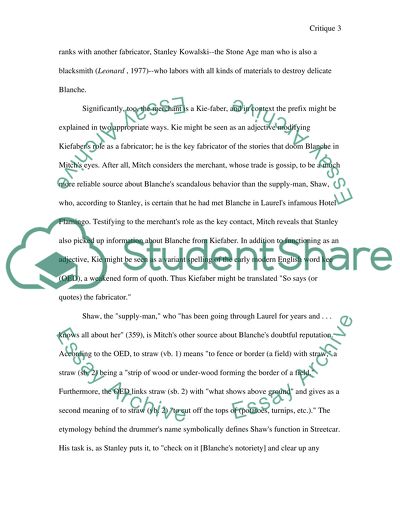Cite this document
(“Critique: A Streetcar Named Desire Book Report/Review”, n.d.)
Critique: A Streetcar Named Desire Book Report/Review. Retrieved from https://studentshare.org/literature/1542390-criticalanalytical-response-essay-on-a-streetcar-named-desire-playbook-by-tennesse-williams
Critique: A Streetcar Named Desire Book Report/Review. Retrieved from https://studentshare.org/literature/1542390-criticalanalytical-response-essay-on-a-streetcar-named-desire-playbook-by-tennesse-williams
(Critique: A Streetcar Named Desire Book Report/Review)
Critique: A Streetcar Named Desire Book Report/Review. https://studentshare.org/literature/1542390-criticalanalytical-response-essay-on-a-streetcar-named-desire-playbook-by-tennesse-williams.
Critique: A Streetcar Named Desire Book Report/Review. https://studentshare.org/literature/1542390-criticalanalytical-response-essay-on-a-streetcar-named-desire-playbook-by-tennesse-williams.
“Critique: A Streetcar Named Desire Book Report/Review”, n.d. https://studentshare.org/literature/1542390-criticalanalytical-response-essay-on-a-streetcar-named-desire-playbook-by-tennesse-williams.


